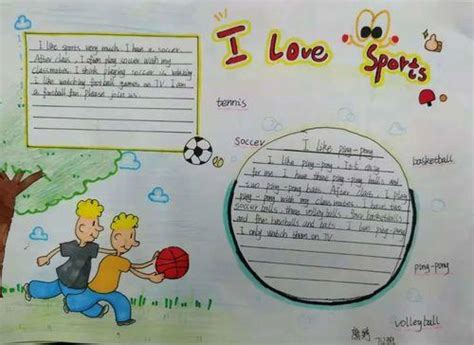In addressing the concern of English scores falling below those of physical education, it's essential to devise effective strategies tailored to bolster English proficiency. This scenario often necessitates a multifaceted approach, encompassing both academic and practical methodologies. Let's explore various strategies to bridge this gap and enhance English performance relative to physical education:
Conduct an assessment to identify individual strengths and weaknesses in English.
Tailor learning plans to address specific areas needing improvement, such as grammar, vocabulary, reading comprehension, and writing skills.
Utilize diagnostic tests and progress trackers to monitor improvement over time.
Integrate interactive learning platforms and language apps to make English learning engaging and immersive.
Incorporate multimedia resources, such as videos, podcasts, and interactive games, to reinforce language skills in diverse contexts.
Encourage participation in Englishspeaking clubs, debates, or drama groups to foster conversational fluency.
Emphasize extensive reading across various genres and topics to broaden vocabulary and enhance comprehension.
Implement writing workshops and peerreview sessions to refine writing skills, focusing on structure, coherence, and expression.
Encourage journaling or blogging in English to cultivate creativity and selfexpression.
Explore opportunities for language immersion programs or exchange programs where students can be fully immersed in an Englishspeaking environment.
Consider virtual exchange programs or online language exchanges to facilitate crosscultural communication and language acquisition.
Collaborate with teachers from other disciplines to integrate English language skills into their curriculum.
Incorporate Englishlanguage materials, discussions, and projects into subjects like science, history, and mathematics to reinforce learning and promote interdisciplinary connections.
Provide additional support and resources for students who struggle with English, including tutoring sessions, remedial classes, or oneonone interventions.

Offer differentiated instruction to accommodate diverse learning styles and abilities, ensuring no student is left behind.
Implement regular formative assessments to gauge progress and identify areas needing further development.
Provide constructive feedback and guidance to students, highlighting strengths and areas for improvement.
Encourage selfassessment and reflection to foster autonomy and accountability in the learning process.
Engage parents and caregivers in supporting English language learning at home through activities, reading materials, and conversations.
Collaborate with community organizations or language centers to provide additional resources or extracurricular opportunities for language enrichment.
Offer training and professional development workshops for teachers to enhance their proficiency in teaching English as a second language.
Provide ongoing support and resources for educators to stay updated on best practices and innovative teaching methodologies.
By implementing these comprehensive strategies, educators can effectively address the disparity between English and physical education scores, empowering students to achieve greater success in both academic and extracurricular domains. It's crucial to foster a supportive and inclusive learning environment where every student has the opportunity to thrive and excel in English proficiency.
